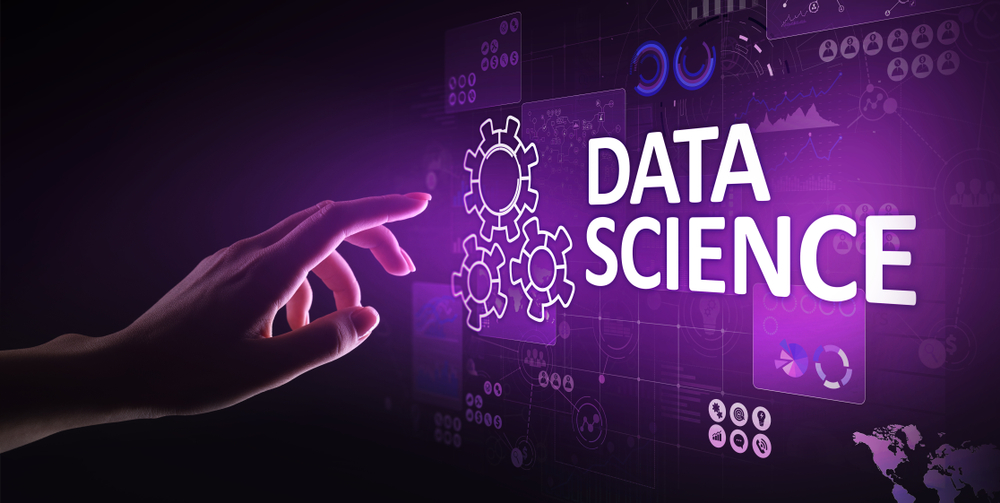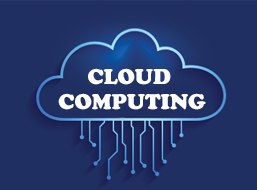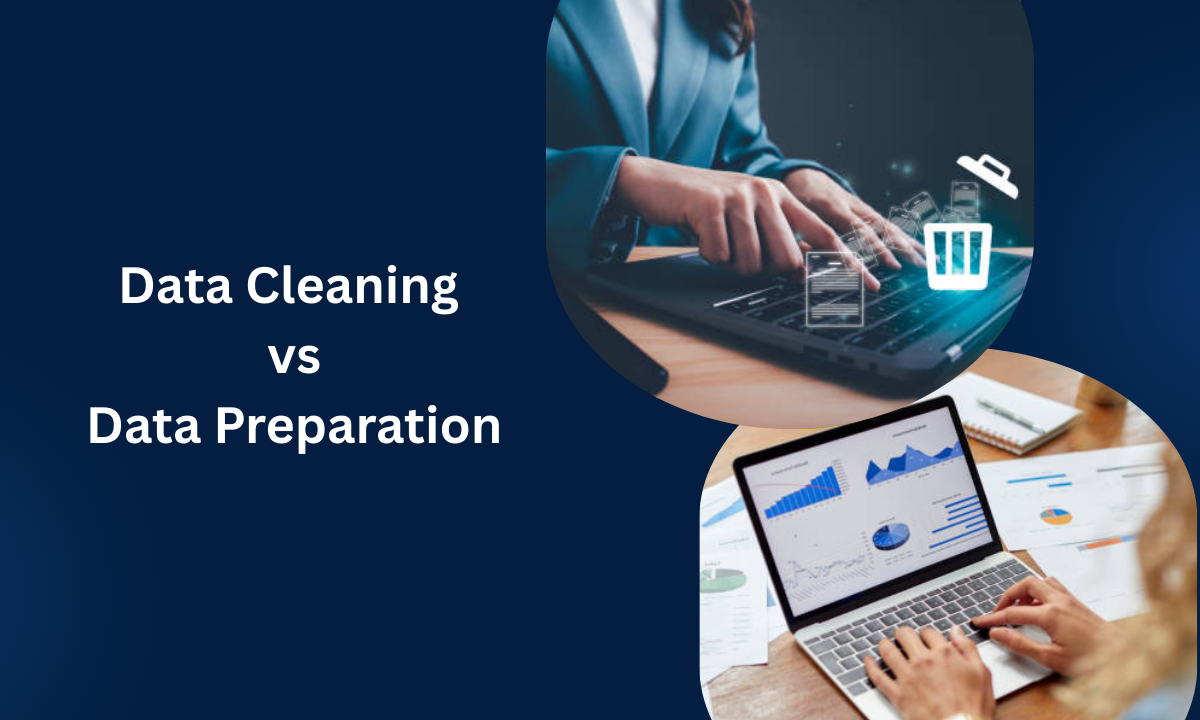Table of contents
|
1. What is Data Preparation? |
|
2. What is Data Cleaning? |
|
3. What’s the Difference? |
|
4. Examples to Understand Better |
|
5. Steps for Effective Data Cleaning and Preparation |
|
6. Tools You Can Use |
|
7.Learning Data Cleaning and Preparation |
|
8. Final Thoughts |
Have you ever wondered if data cleaning and data preparation mean the same thing? You’re not alone. Many beginners in data science mix them up, but knowing the difference is important if you want to work confidently on real data projects.
In this blog, let’s break down these two essential steps in simple words, with clear examples. By the end, you’ll know exactly what each means, why both matter, and how they fit into your data science learning journey.
What is Data Preparation?
First, let’s talk about data preparation.
In simple words, data preparation is the process of getting your raw data ready for analysis. Think of it like preparing vegetables before cooking. You wash them, peel them, chop them, and arrange them neatly so that cooking becomes smooth and fast.
Key Actions in Data Preparation
Here’s what data preparation usually includes:
-
Collecting data from different sources
-
Combining data if you have multiple datasets
-
Cleaning the data (removing errors, duplicates, missing values)
-
Transforming data (changing data formats, creating new columns, standardizing units)
-
Splitting data into training and testing sets (for machine learning)
So, data preparation is a broad process. Data cleaning is a part of data preparation.
What is Data Cleaning?
Now, let’s understand data cleaning in detail.
Imagine you bought vegetables, but some are rotten, some have mud on them, and some are too old. Before you cook, you need to remove the rotten ones, wash off the mud, and keep only the fresh vegetables. This is exactly what data cleaning does to your data.
Key Actions in Data Cleaning
Here are the typical steps involved:
-
Removing duplicate rows
-
Fixing wrong entries (for example, negative ages or impossible values)
-
Handling missing values (either by filling them in or removing them)
-
Correcting spelling errors in categories (example: “Bangalore” and “Banglore” Combined as one)
-
Filtering out outliers if they are errors
What’s the Difference?
Here’s the main difference:
Data Preparation = Data Cleaning + Data Transformation + Data Integration + Data Reduction + Data Splitting
Data Cleaning = Only fixing or removing incorrect, corrupted, duplicate, or missing data
In other words, data cleaning is a step within data preparation.
Why Are Both Important?
You might be thinking, “Can’t I skip these and directly build models?” The answer is no. Data scientists say 80% of their time goes into preparing and cleaning data before analysis or building machine learning models.
Here’s why:
-
If your data is not clean, your model will learn the wrong patterns.
-
If your data is not prepared well, your analysis will give incorrect insights.
-
Clean, well-prepared data ensures better decisions, better predictions, and more trust from your clients or stakeholders.
Examples to Understand Better
Example 1: Data Cleaning
Imagine you have customer data with these entries:
|
Name |
Age |
City |
|
John |
25 |
Bangalore |
|
Jane |
-30 |
Banglore |
|
Mike |
Bangalore |
|
|
John |
25 |
Bangalore |
-
Here, - 30 is an invalid age,
-
Banglore should be corrected to Bangalore,
-
There is a missing age for Mike.
-
And a duplicate entry for John.
All these fixes are part of data cleaning.
Example 2: Data Preparation
Continuing from above, if your analysis needs city-wise age averages in years and months:
-
Data Cleaning: Fixes age errors and city names.
-
Data Transformation: Converts age into months as an additional column.
-
Data Integration: If you combine this with another dataset of customer purchases.
-
Data Splitting: You split the final data into training and testing sets.
That’s data preparation – the whole process to make data ready for use.
Steps for Effective Data Cleaning and Preparation
Let’s look at how to approach these steps in your projects:
1. Understand Your Data
-
-
Check data types, missing values, duplicates, and basic summary statistics.
-
2. Clean the Data
-
-
Remove or impute missing values.
-
Fix inconsistencies and spelling errors.
-
Remove duplicates and outliers if necessary.
-
3. Transform the Data
-
-
Convert formats (for example, dates into a standard format).
-
Normalize or scale numeric values if needed.
-
Create new columns or features.
-
4. Integrate Data
-
-
Combine datasets from different sources if your analysis needs them together.
-
5. Split Data
-
-
For machine learning, split into training and testing datasets.
-
Tools You Can Use
Here are some popular tools for data cleaning and preparation:
-
Excel (for small datasets)
-
Python with pandas and NumPy
-
R with dplyr and tidyr
-
Power Query in Excel or Power BI
-
OpenRefine for complex data cleaning tasks
Learning Data Cleaning and Preparation
If you want to become a successful data analyst or data scientist, mastering data cleaning and preparation is a must. Many learners jump straight to machine learning without building strong data handling skills, which limits their job performance later.
Tip: Choose a structured data science course in Bangalore by Apponix that teaches you these fundamentals step by step with projects. Practical experience is the best way to build confidence.
Final Thoughts
To summarise:
Data Cleaning is about fixing and correcting your data so it’s error-free.
Data Preparation is a bigger process that includes data cleaning, along with transforming, integrating, and splitting data to make it ready for analysis or modeling.
Both are crucial in your data science journey. By mastering them, you will build better models, create accurate analyses, and stand out in your career.
Key Takeaways
-
Data cleaning fixes errors, duplicates, and missing values.
-
Data preparation includes data cleaning plus transforming, integrating, and splitting data.
-
Clean, prepared data leads to accurate insights and predictions.
-
Practice these steps in every project to build strong data science skills.
If you’re ready to start your journey and master data handling from scratch, check out this data science course in Bangalore by Apponix Academy to learn hands-on with real-world projects.





